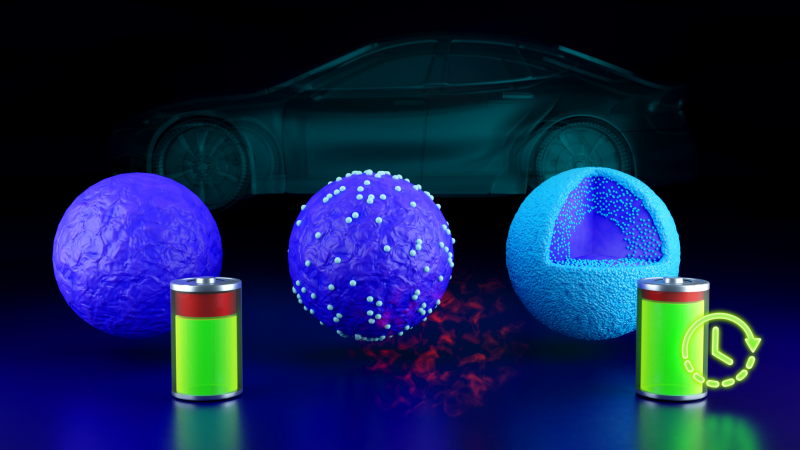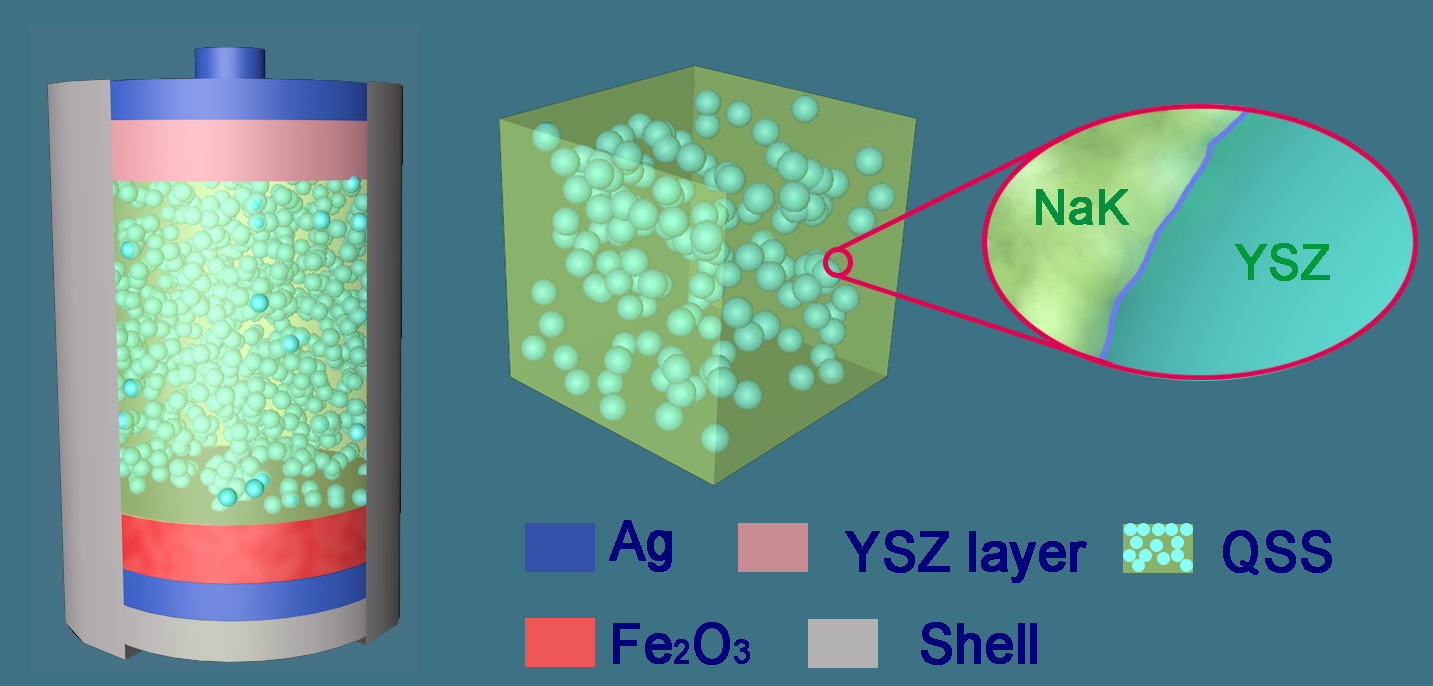
The “Founding Father” of lithium-ion batteries used SNS neutrons to confirm coating cathode material (blue) with lithium-free niobium oxide (light green) greatly reduced first-cycle capacity loss and improved long-term capacity. Credit: Jill Hemman/ORNL
In the late 1970s, M. Stanley Whittingham was the first to describe the concept of rechargeable lithium-ion batteries, an achievement for which he would share the 2019 Nobel Prize in Chemistry. Yet even he couldn’t have anticipated the complex materials science challenges that would arise as these batteries came to power the world’s portable electronics.
One persistent technical problem is that every time a new lithium-ion battery is installed in a device, up to about one-fifth of its energy capacity is lost before the device can...
Read More







Recent Comments